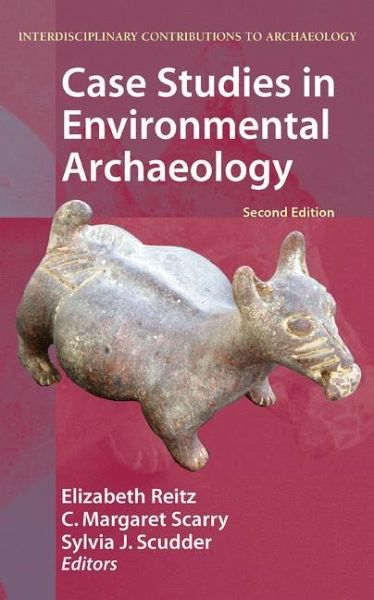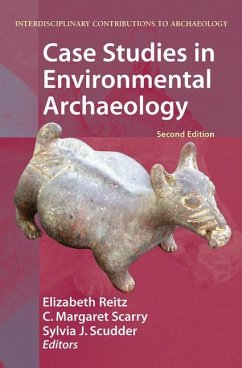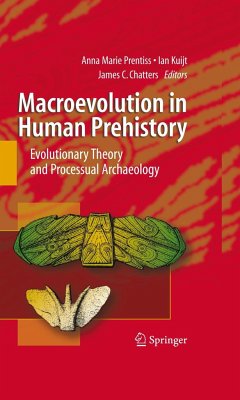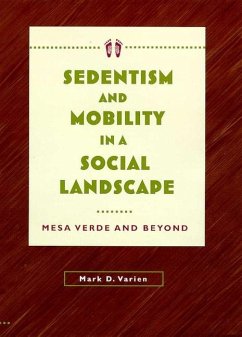
Case Studies in Environmental Archaeology

PAYBACK Punkte
19 °P sammeln!
A few years ago, one of us was approached by a student who asked if we really knew anything about human behavior from environmental archaeology. This student was taking an environmental archaeology course in which taphonomy and the biases of the techniques and methods used by environmental archae- ogists figured prominently. The goal was to train students to be informed users of environmental data. But the student, quite rightly, wanted to know if beyond taphonomy, recovery biases, and analytical biases, there was anything envir- mental archaeologists could say about the human condition. Her q...
A few years ago, one of us was approached by a student who asked if we really knew anything about human behavior from environmental archaeology. This student was taking an environmental archaeology course in which taphonomy and the biases of the techniques and methods used by environmental archae- ogists figured prominently. The goal was to train students to be informed users of environmental data. But the student, quite rightly, wanted to know if beyond taphonomy, recovery biases, and analytical biases, there was anything envir- mental archaeologists could say about the human condition. Her question was the stimulus for the first edition of this volume and continued to guide us as we edited this second edition. Our purpose is to show students and scholars, through a series of case studies, that there are things environmental archaeologists do know about the human-environmental relationship; many of which defy conventional archaeological expectations. To do so, however, we must break with the t- ditional organization of environmental archaeology along disciplinary lines. Environmental archaeology is intrinsically interdisciplinary. The demands of each discipline often mean, however, that specialists become further speci- ized in a very limited technical focus. While almost every environmental technique and method is represented in this edition, they are used as tools, not as ends in themselves.














